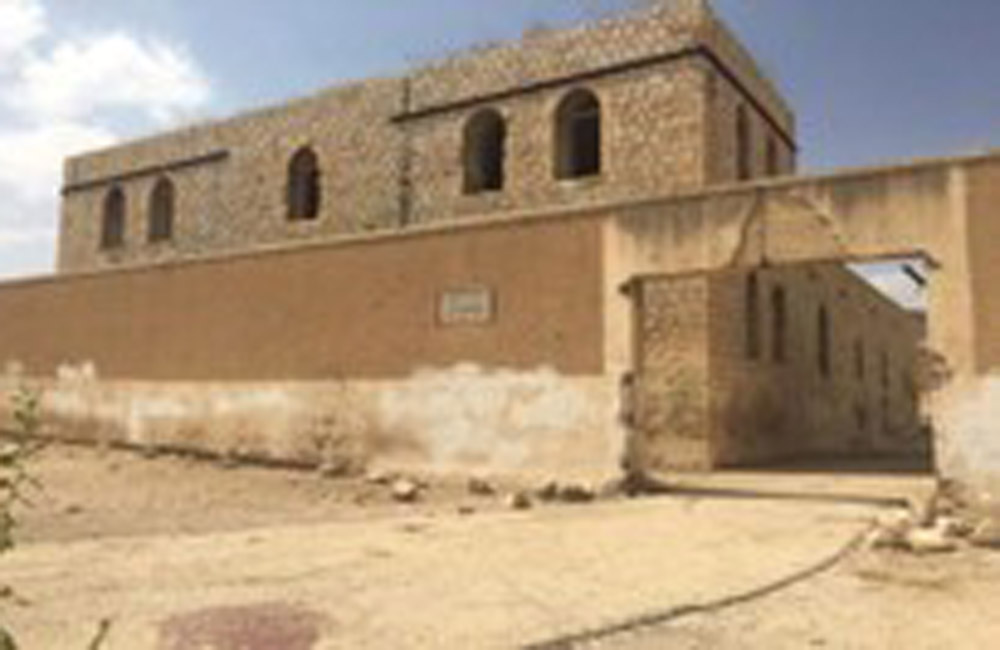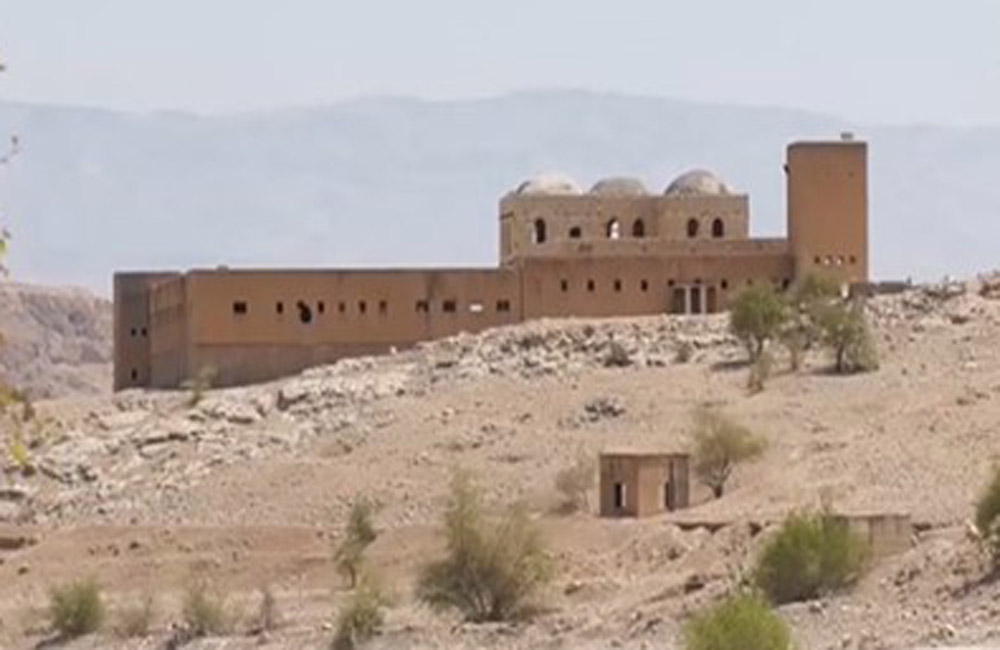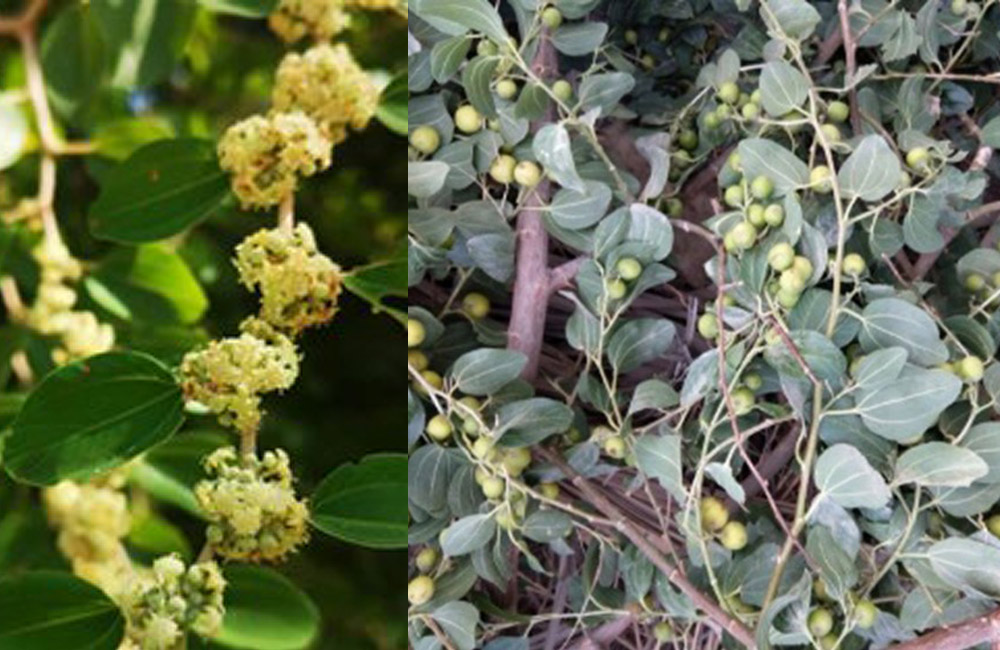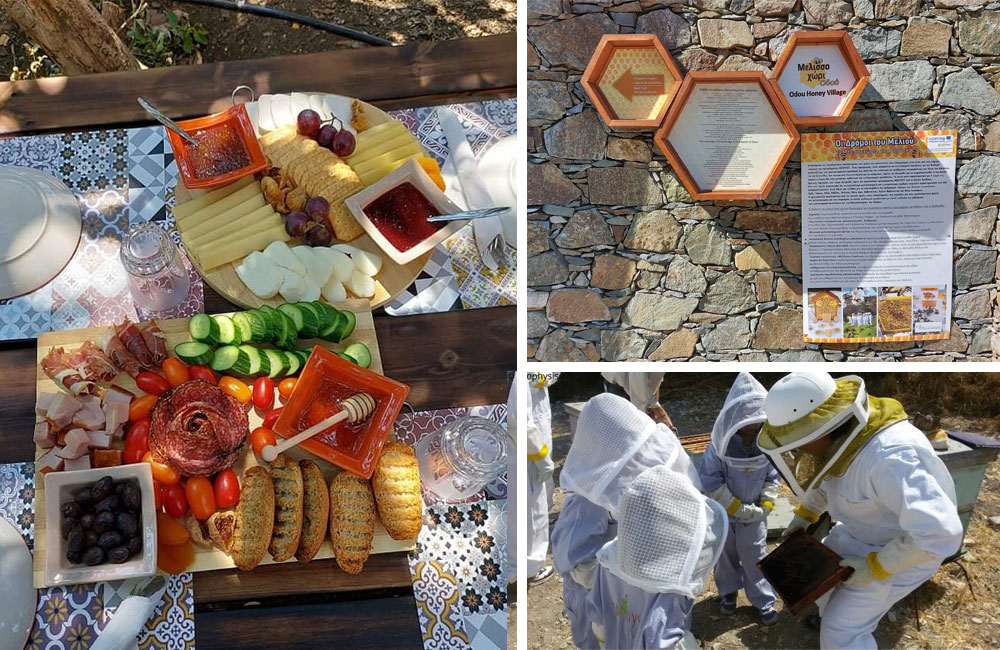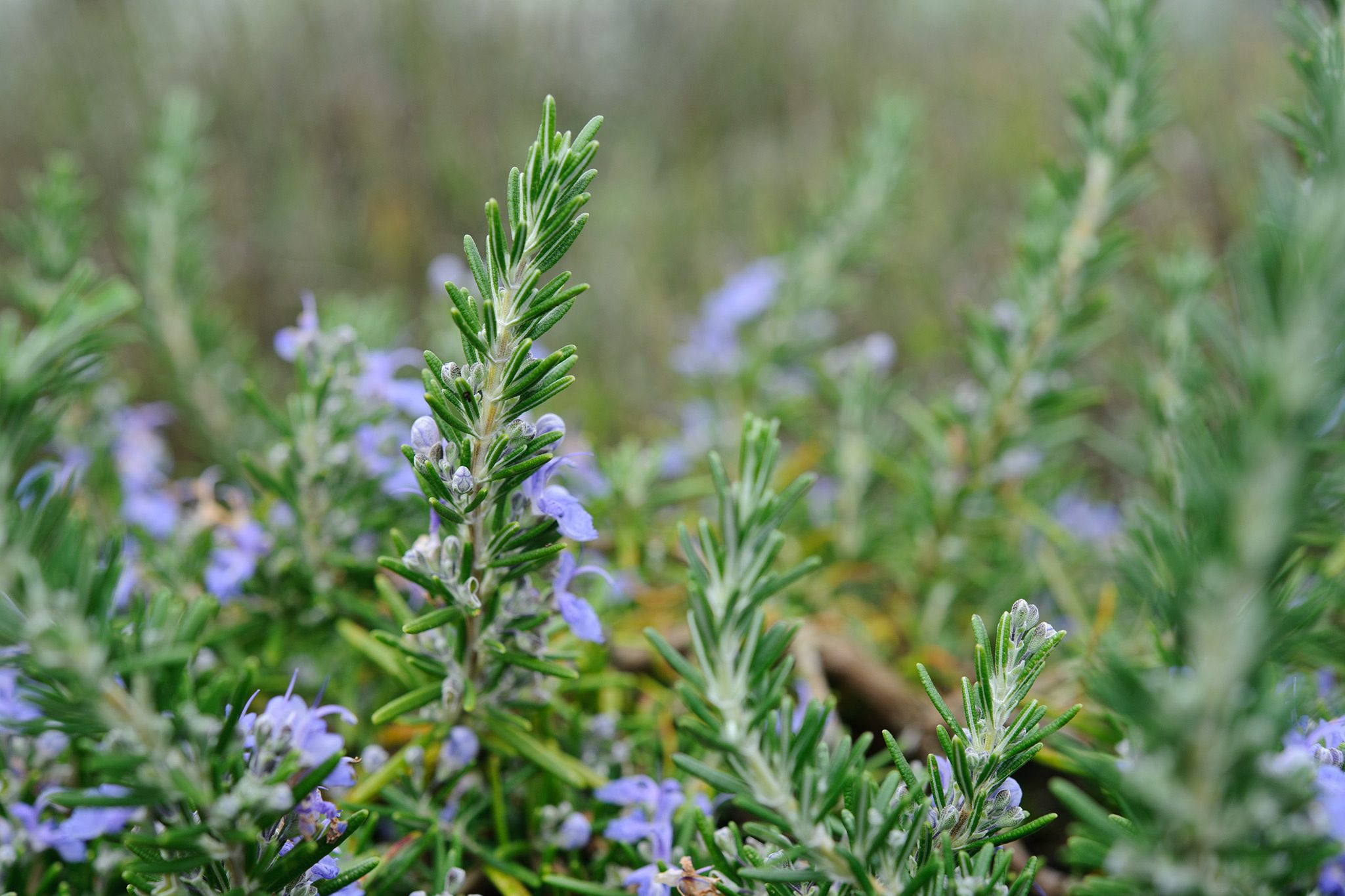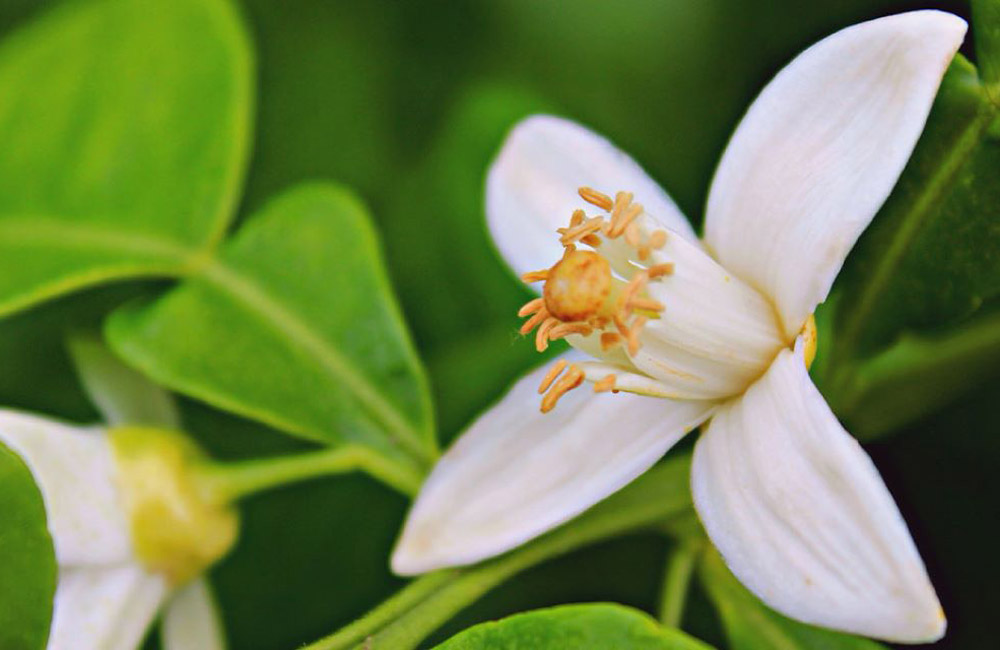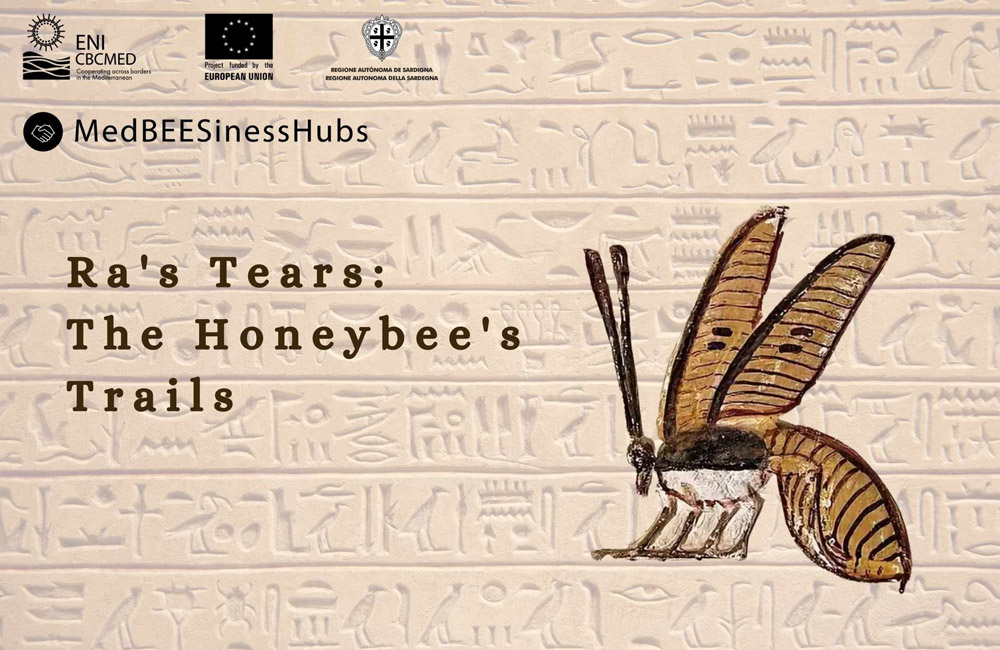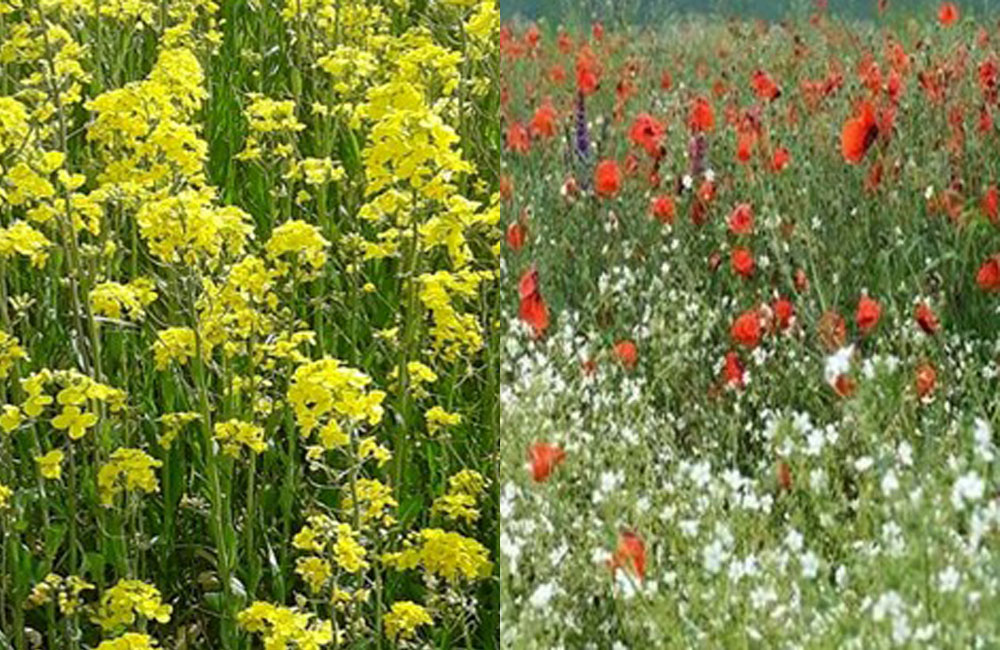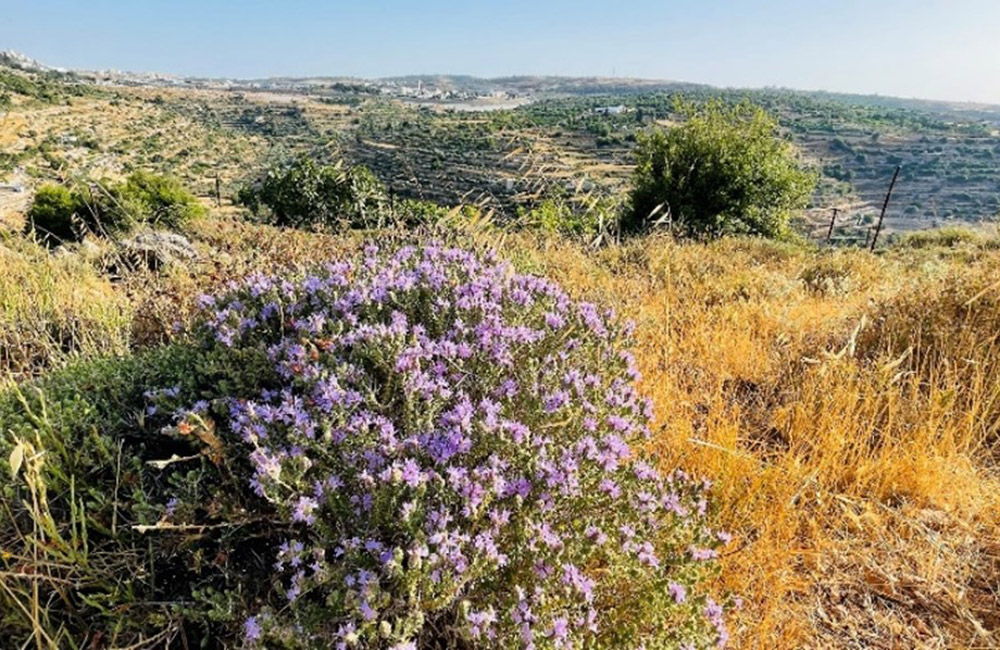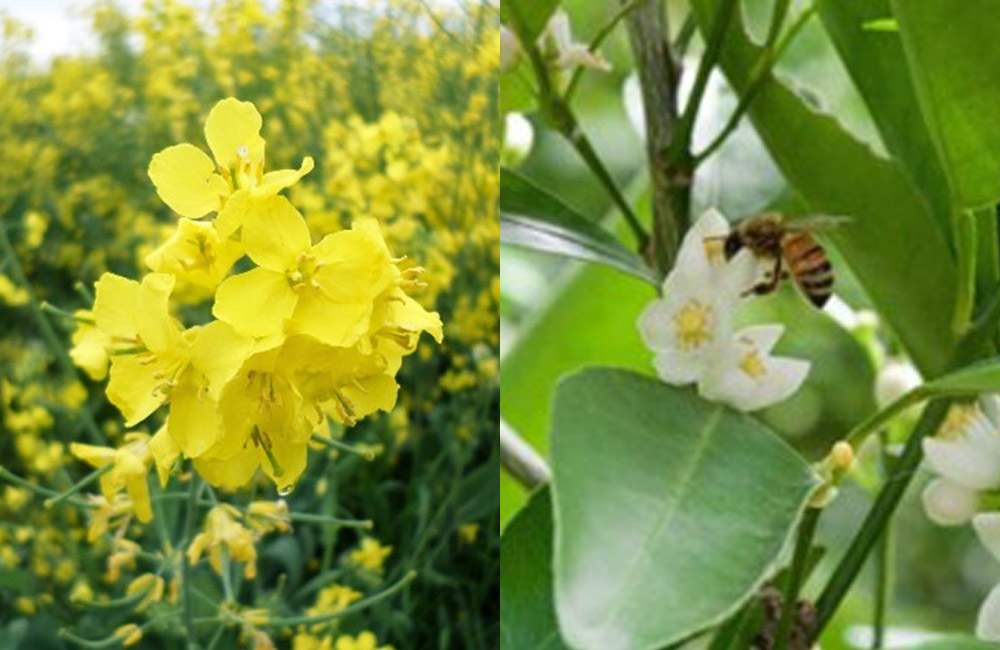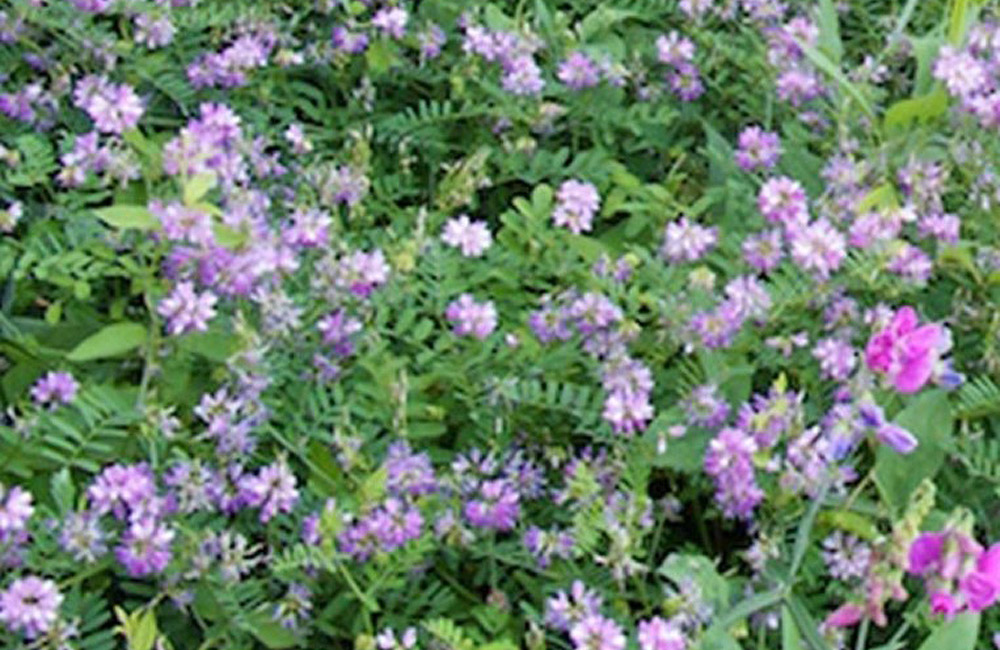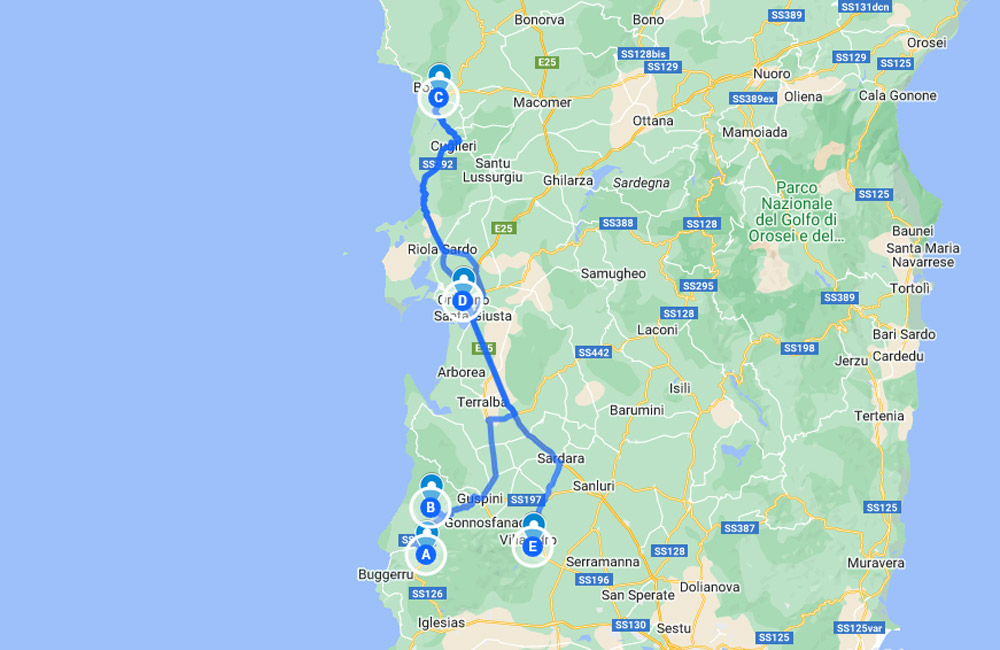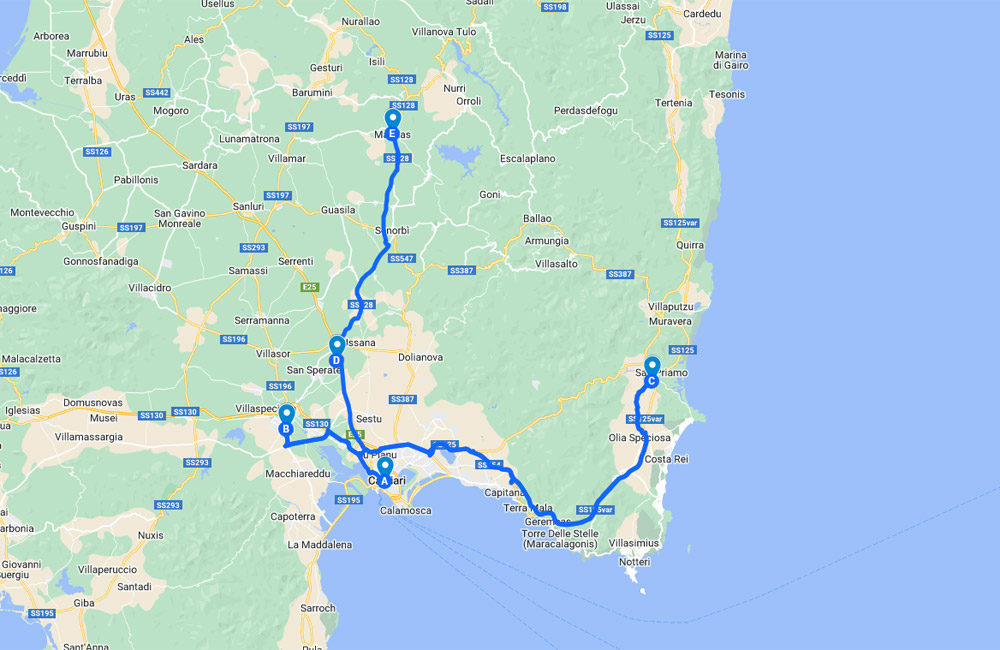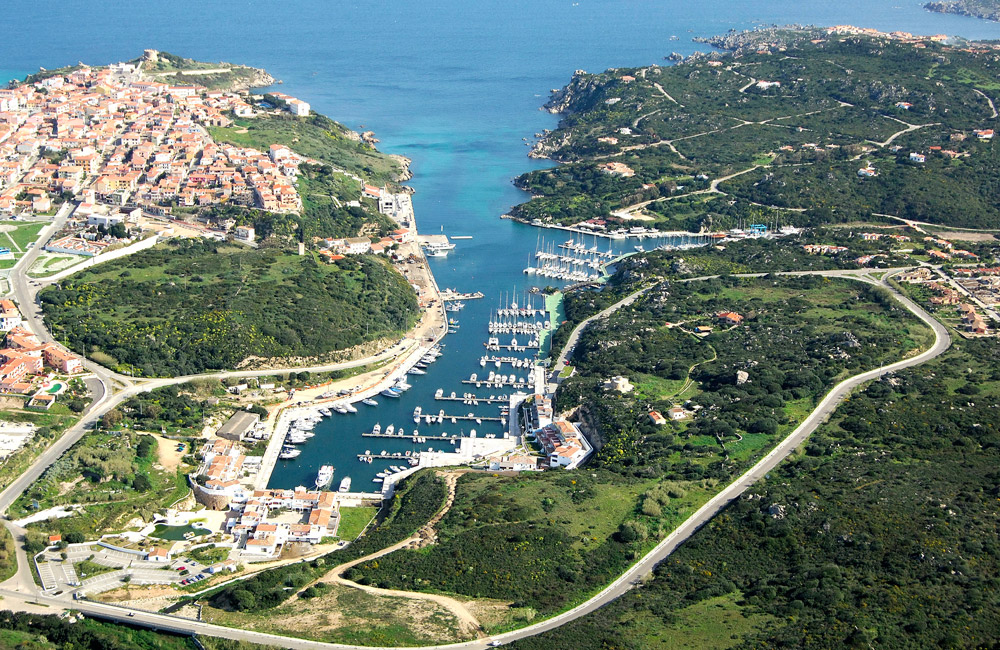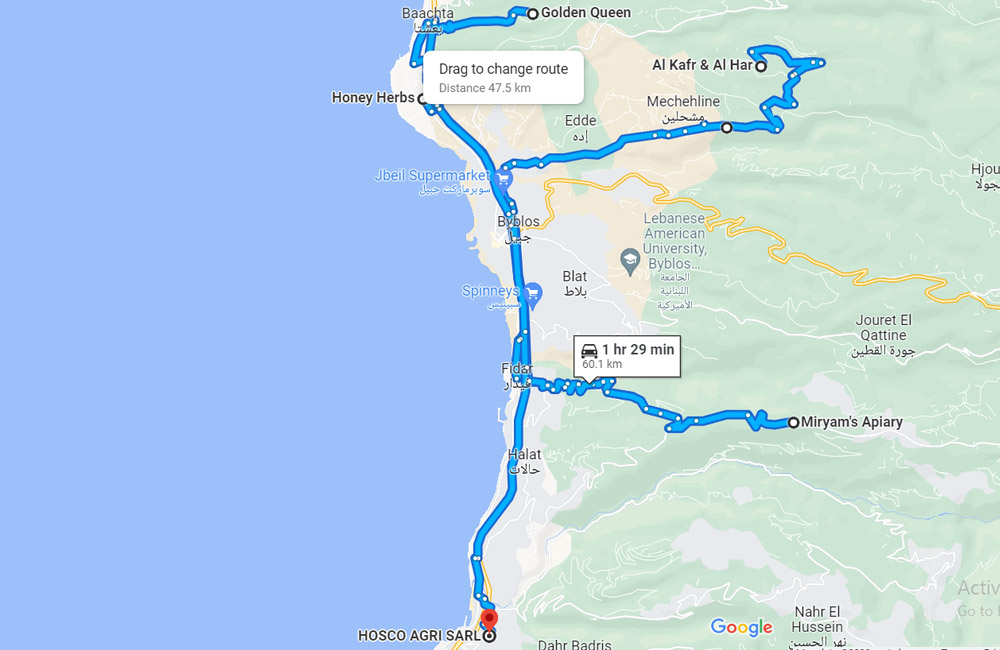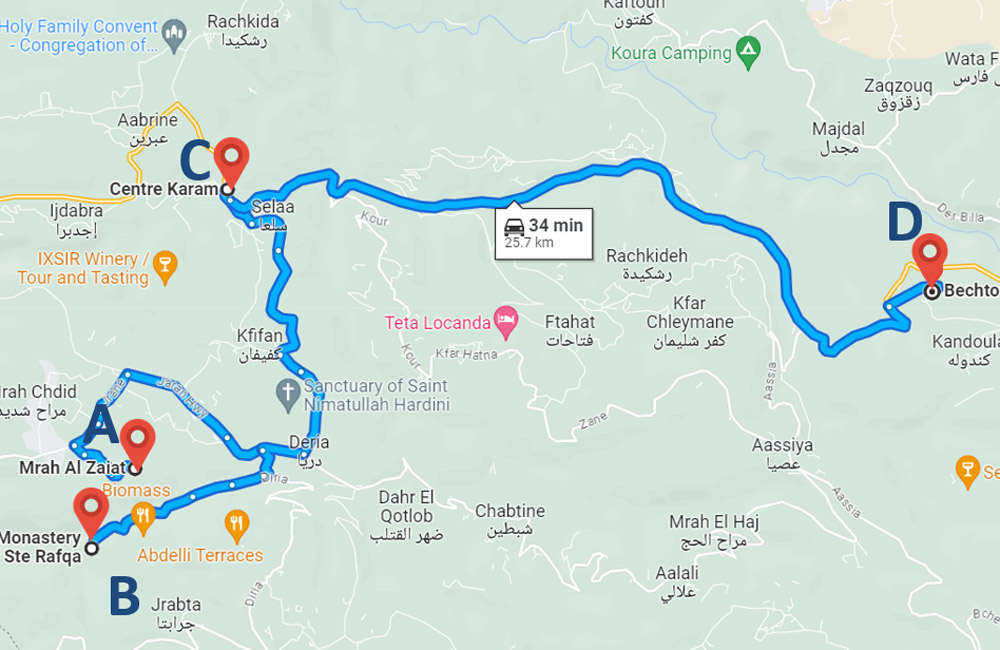Description of the route and nearby villages:
An easy family walking route, 9.4 km long, starting from an area near the center of the village towards the north east, the village extends linearly on the main street and its population does not exceed 3,700 people. Sidr honey is the main product in the region because of the large number of Sidr trees in it, which bloom between the month of October and November in general, and the duration of flowering varies with the rise and fall of temperature.
The citrus honey season is also considered one of the important seasons in the region, which often takes place between February and March, as well as the palm honey season, which takes place between March and April, when Medjool palm trees abound in the region, and finally the season of bitter honey in the month of May.
Local plants and ecosystems:
The Al-Jiftlik region located in the Central Jordan Valley has a semi-desert ecosystem (the Palestinian Jordan Valley). The agricultural area extends along the valley coming from the eastern slopes of the Nablus region, passing through the Al-Bidhan area, Frush Beit Dajan and other villages, all the way to Al-Jiftlik, where the area of the valley is exposed and various types of agricultural crops abound. The most important of which are vegetables, palm trees, grapes, and citrus fruits. Bedouin communities abound in the region, breeders of livestock (sheep, goats, and camels).
The level of rain water does not exceed 300 mm, but because the valley is the place where water collects in all the mountainous areas that surround it and the abundance of springs in the region and its richness in groundwater, agriculture is the main occupation of its inhabitants. The temperatures range in the summer from 30 to 37 degrees Celsius, and during the winter from 12 to 18 degrees Celsius. The climate is suitable for beekeeping during the fall (beginning of November) until the end of the spring (beginning of May).
Among the most important flowers that beekeepers rely on to harvest honey are the following:
- Palm blossoms during the month of April - May.
- Sidr:(Ziziphus spina) flowers during the month of October – November
- Centaurea flowers during the month of May.
- Citrus flowers during the month of March.
- Various other flowers such as (thyme flowers, vegetable flowers, various spring flowers, the most important of which are mustard, Arbat flowers ... etc.), but in small quantities, as the percentage of honey collection from them is very small and at different times that bees use as food for them and not for storage.
Important sites to visit at the beginning, during or at the end of the route
- Sidra (Ziziphus spina) trees flowering from the beginning of October until the end of November.
- Visiting the Ottoman castle or the Ottoman prison: The site is open during the days of the year.
- Visiting palm farms (Sons of Al-Jiftlik Cooperative): Contact person Khaled Abu Mahmoud 0595249306.
- Women's Center Association in Jiftlik: Contact Zainab Sbeitan 0598954934.
- Visit our aunt's guest house and eat breakfast or traditional food or stay overnight there (a women's youth initiative working in the field of eco-agritourism): Contact Zainab Sbeitan.
- Visiting fish breeding ponds, in coordination with the Women's Center.
- Visiting the grape farms (Sons of Al-Jiftlik Cooperative)
- Drinking date kernel coffee, in coordination with the Women's Center.
- Tasting Sidr (Ziziphus spina), citrus and Centaurea honey from the producers, in coordination with the Women's Center.
Route line and explanations of some route sections
General view of the route line from start to finish (circular route).
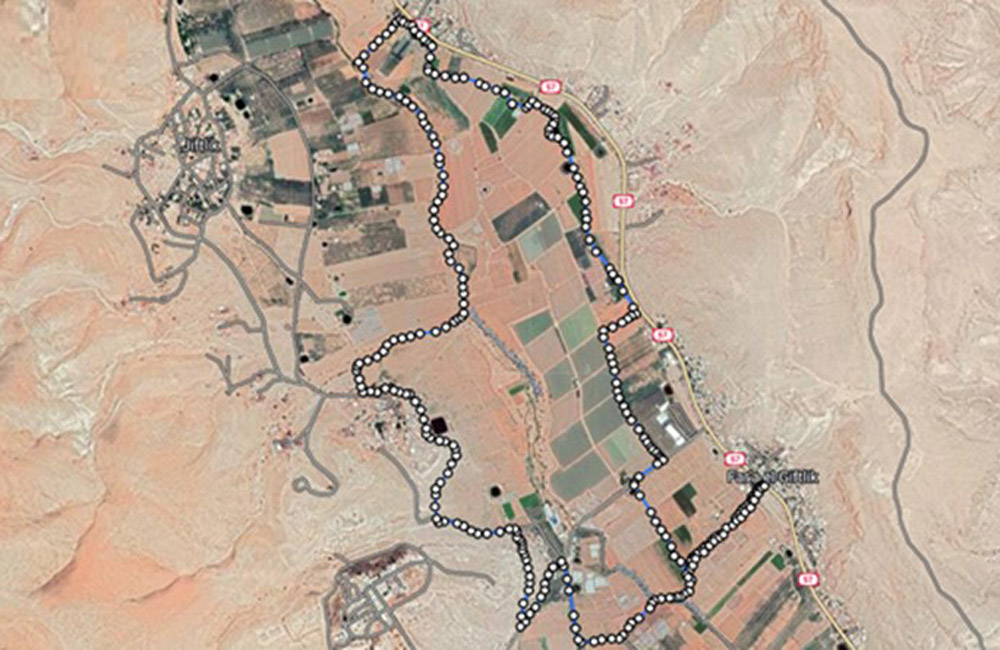
A clip showing the beginning and end of the route
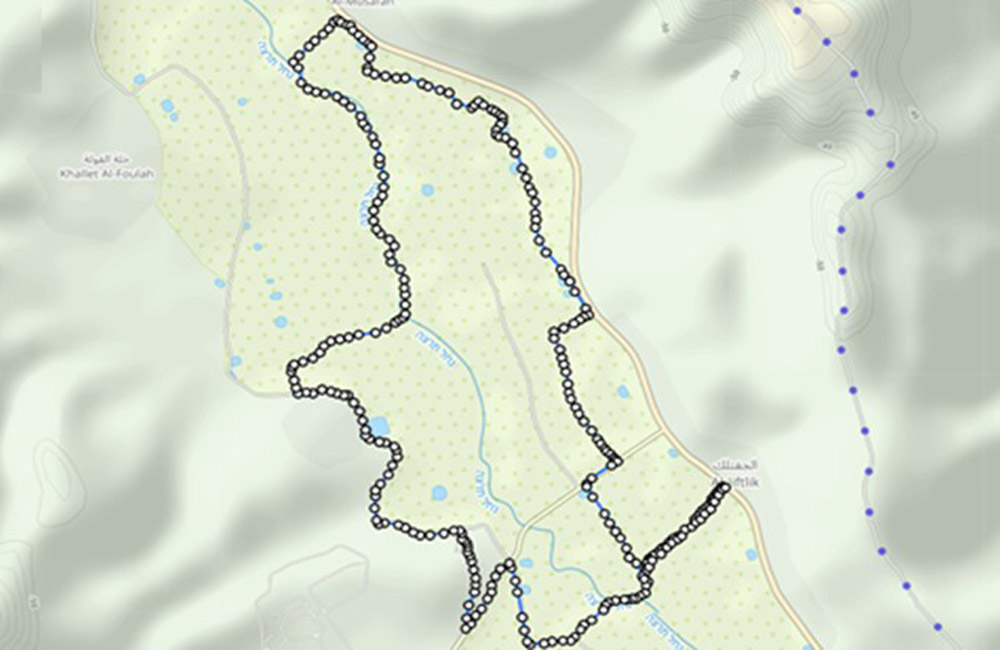
A section showing part of the route
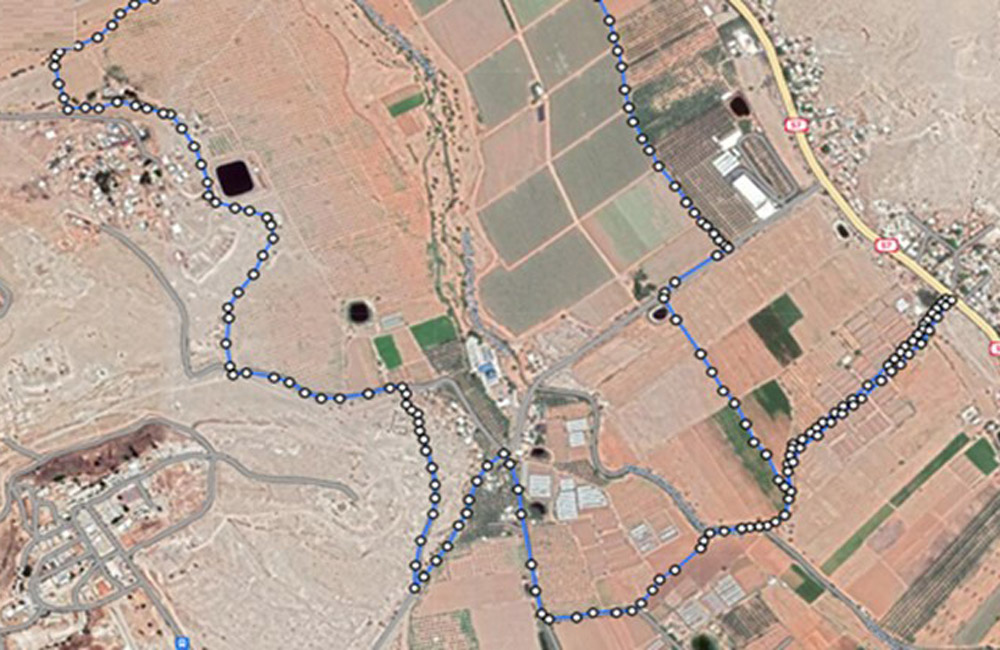
The location of the Ottoman castle on the route
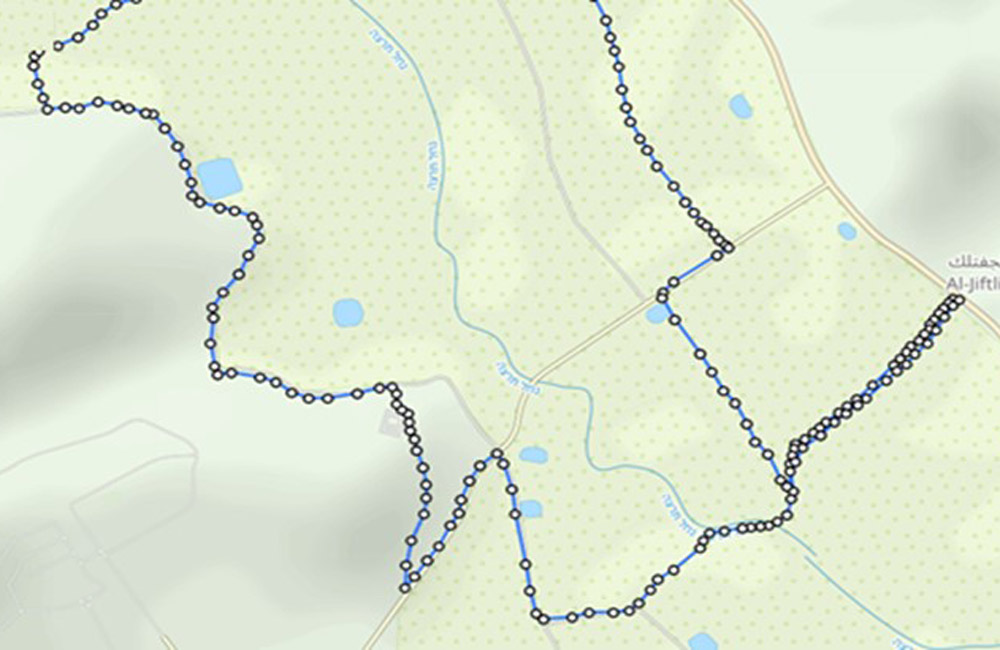
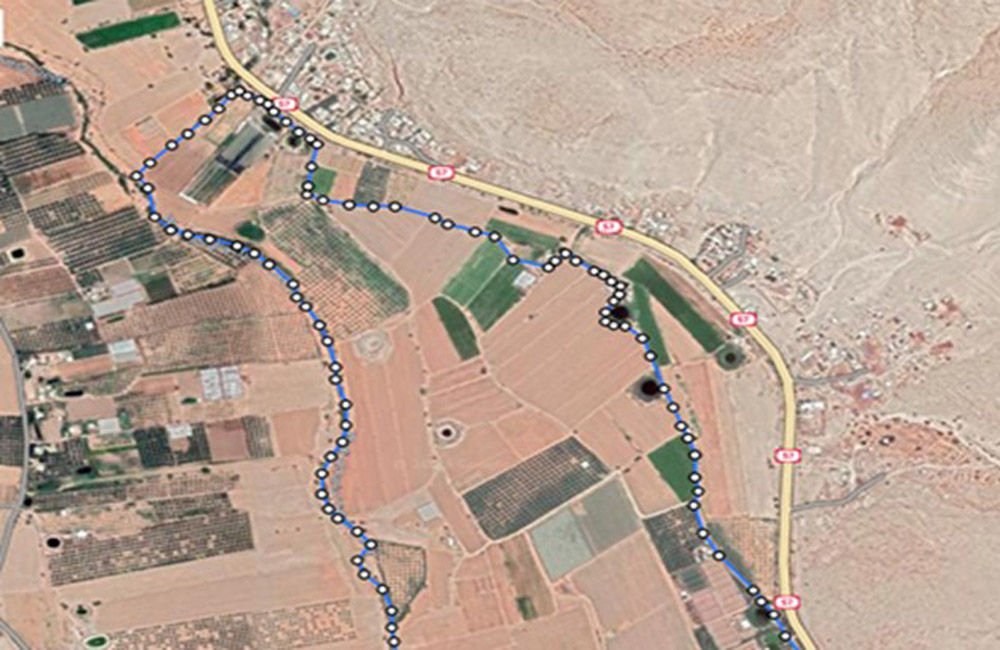
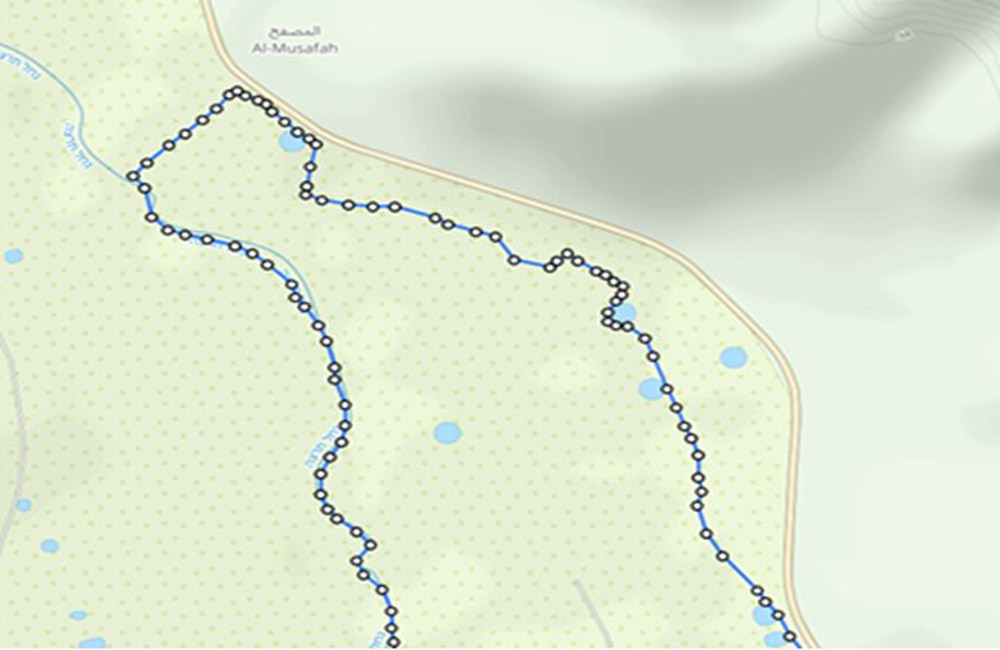
The location of the Ottoman castle on the route
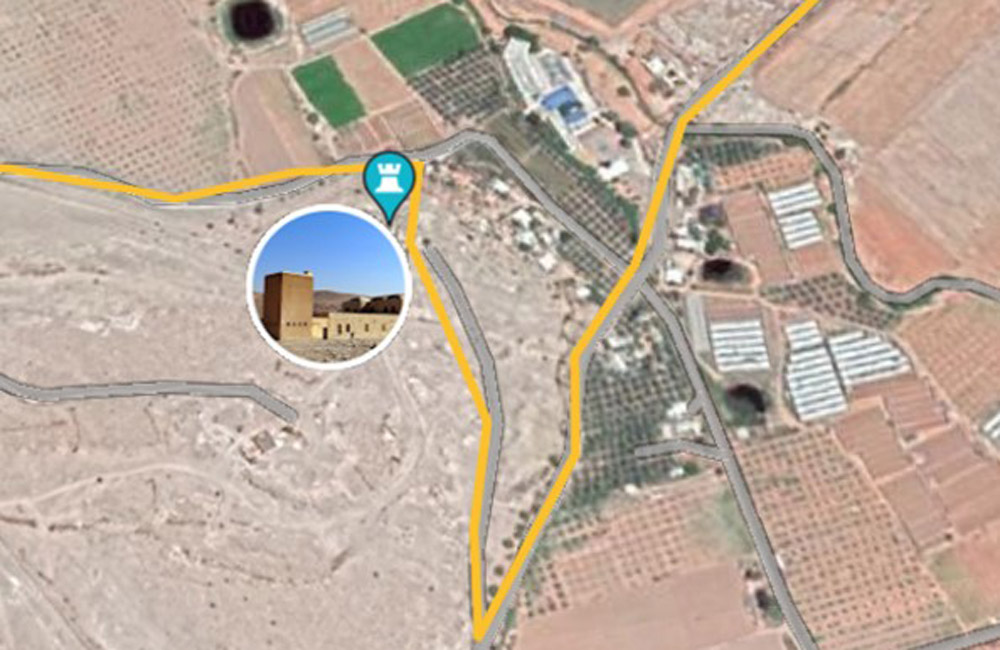
The location of the Abu Ubaidah bin Al-Jarrah Mosque on the route
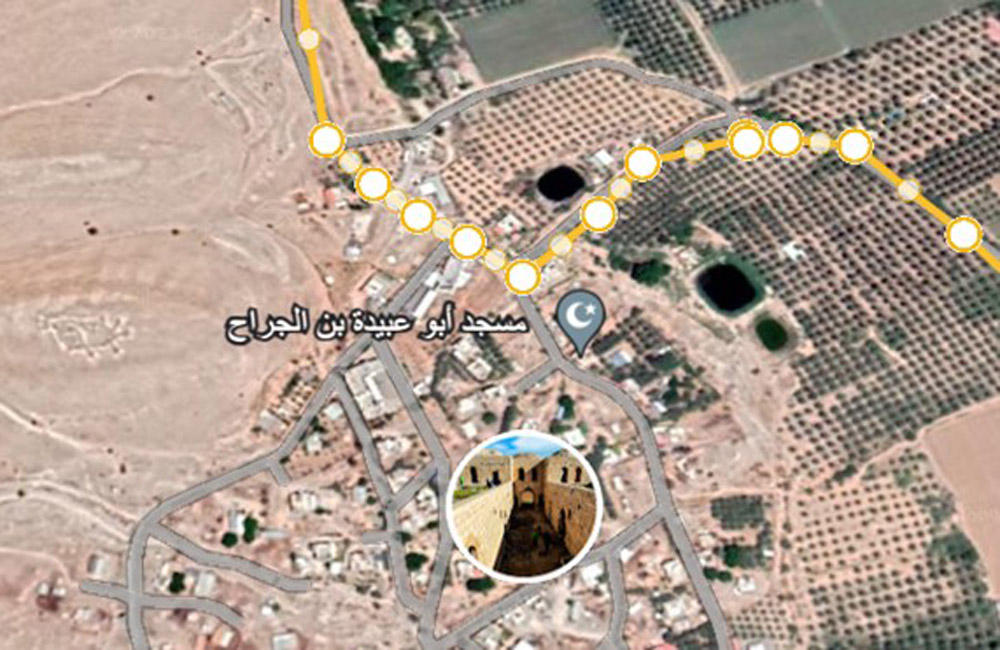
General photos of Al-Jiftlik area
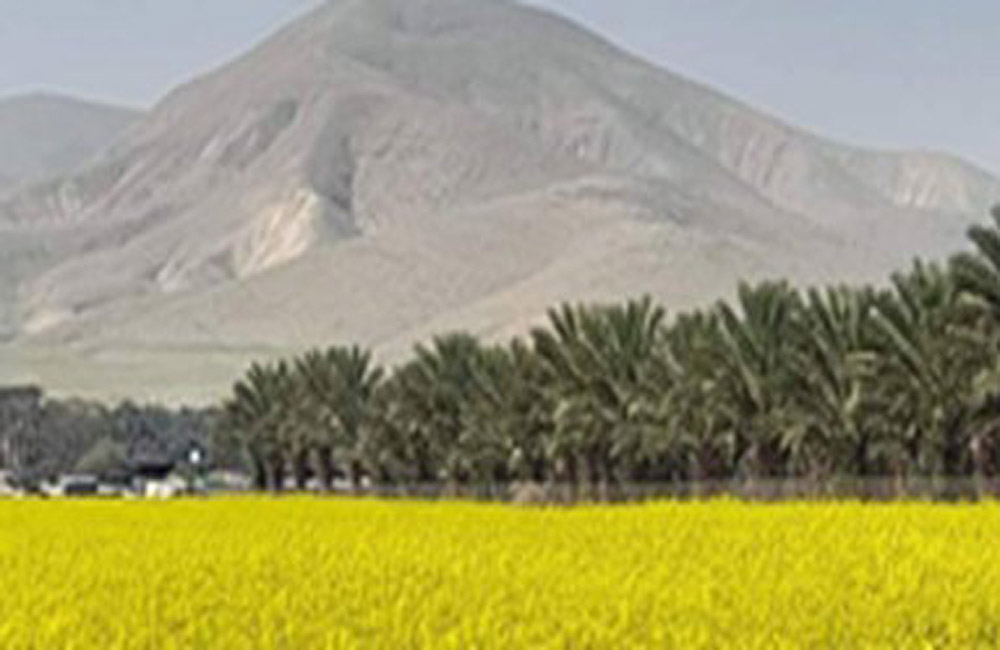
a pool that collects water for irrigation and fish farming
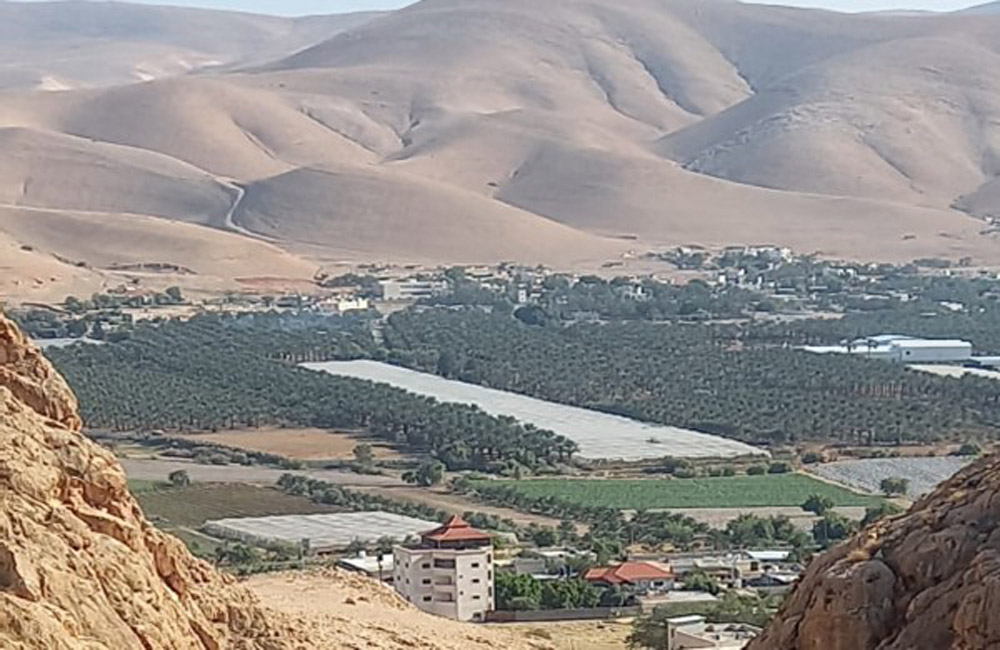
One of the old houses from the Ottoman era in the area
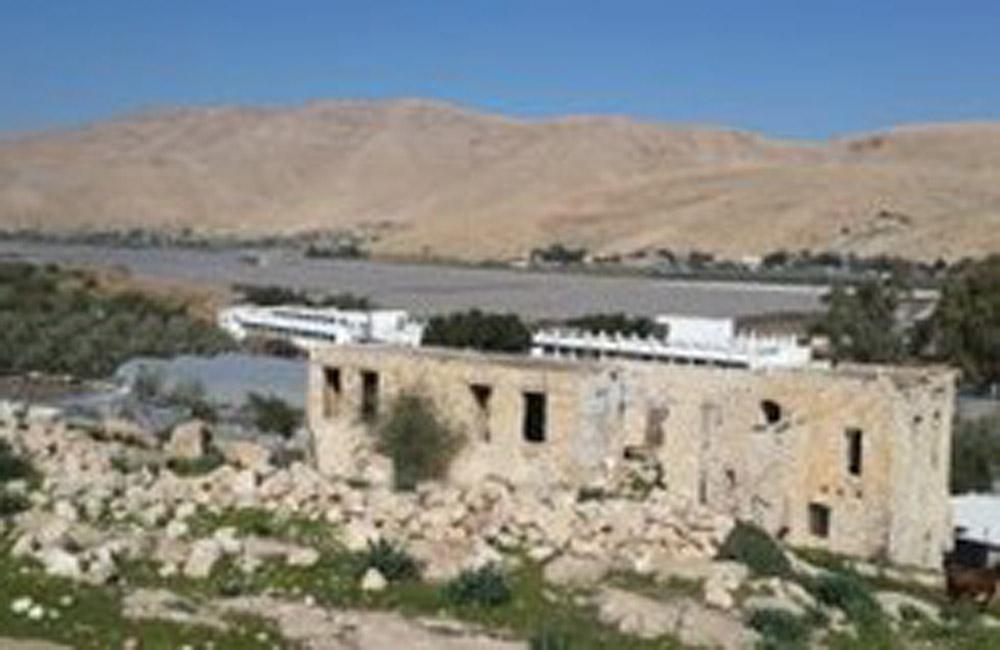
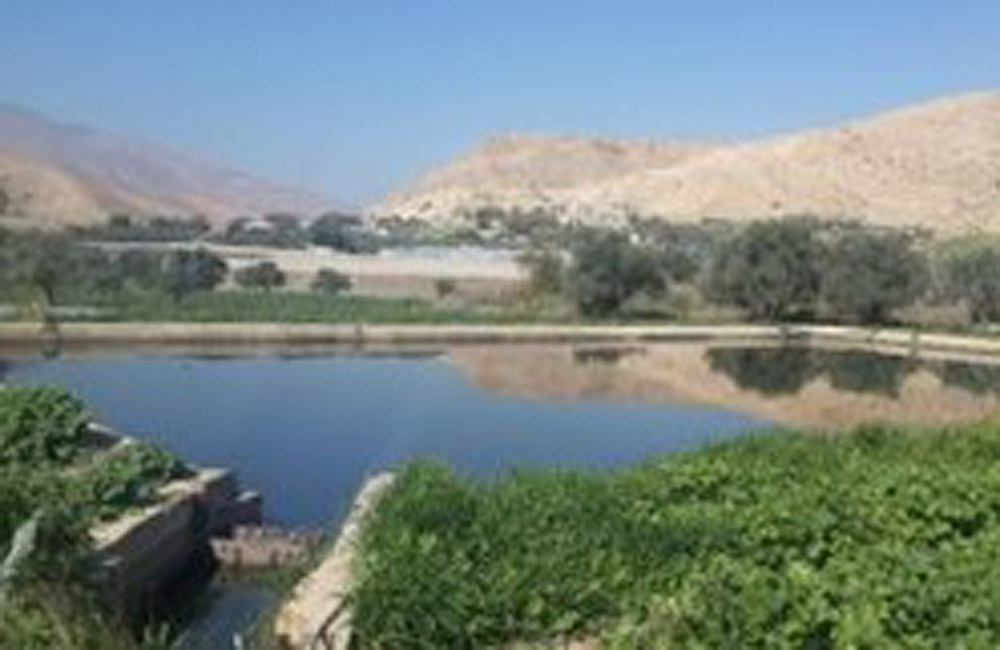
Ottoman castle - Ottoman prison
